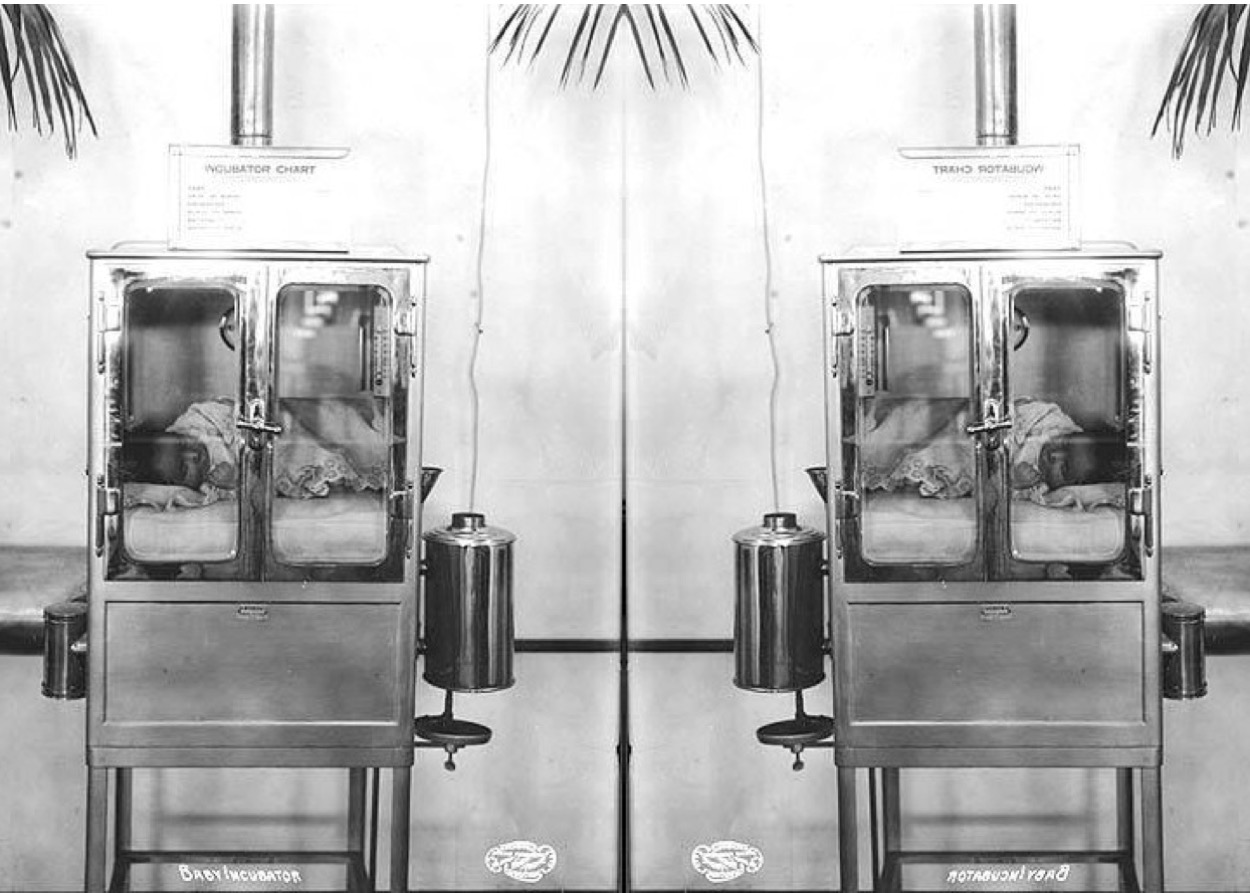Assisted reproductive technologies (ARTs) are multidimensional and complicated, as are the human rights and ethical debates surrounding access to them. I commend Merve Emre for providing readers with a glimpse of what it is like to be subject to this surreal realm of medicine. As Emre notes, feminists—as well as women’s health and human rights organizations—have fiercely critiqued ARTs since the 1970s. While early groups such as the Feminist International Network of Resistance to Reproductive and Genetic Engineering (FINRRAGE) faded away, new ones have sprung up in their place, including the Center for Genetics and Society, Stop Surrogacy Now, and We Are Egg Donors.
Despite this resistance, clinics around the world today actively market and sell ART services to the reproductively challenged—even though many ART services have not been proven safe or effective, and often end in failure.
In vitro fertilization (IVF) was initially developed to help women with blocked fallopian tubes to conceive, but over the decades clinics offered it and other ART procedures more and more widely—regardless of the limited evidence of their effectiveness. For example, research from Spain in 2015 found that, despite the industry-wide practice of recommending elective embryo freezing, there was no proof that the costly service increased most couples’ chances of birthing a baby.
Around the same time, a sizeable study by Emory School of Medicine found that the use of intracytoplasmic sperm injection (ICSI)—where sperm is injected directly into the egg—has more than doubled in the last two decades. ICSI was initially developed to treat certain male infertility conditions, such as sperm defects. But the 2015 investigation found that ICSI was regularly being employed whether the male was infertile or not, and that the expensive service did not improve live birth rates in cases where there was no male infertility.
The marketing tactics the industry uses to recruit healthy young women to freeze or sell their eggs, or to “rent” their uteruses for surrogacy, has galvanized many feminists and bioethicists to educate the public about how the egg freezing and surrogacy industries exploit poor women’s reproductive labor while also benefitting from the monetization of wealthier women’s hopes. The reach of this campaign has been limited though when compared to that of clinics, which actively downplay the safety, efficacy, and ethical implications of the services their patients are purchasing. Unfortunately, in the absence of such knowledge, doctors are in effect experimenting on patients and invoicing them for access to expensive, unproven procedures that can often cause more harm than good.
As with cosmetic surgery, the consumer is typically paying cash, and therefore not reliant on insurance approval or a doctor’s referral. Because of this, non–medically indicated ART is a murky world of relatively lax oversight. As I argue in my book Cracked Open: Liberty, Fertility and the Pursuit of High-Tech Babies (2013), which is based on my own experience with ART, anyone who wishes to use ART services should have the right to be informed about the full spectrum of potential help and harm—including emotional trauma—that procedures may cause, either to themselves or their potential offspring. Emre’s ethnographic examples show that this kind of informed consent is not the industry standard, and illustrates the need for better regulation. In the following section, I highlight some of the distressing facts about these technologies that many clinics rarely share with their customers.
Emre introduces us to S, a thirty-four-year-old single woman who yearns for biological motherhood and decides to freeze her eggs. In 2012 the American Society for Reproductive Medicine lifted the so-called “experimental” label from oocyte cryopreservation. Until then, egg freezing had only been recommended for women with serious illnesses who were about to undergo treatments that could damage their fertility. Almost immediately hundreds of clinics began aggressively marketing the procedure to healthy young women such as S, claiming that it was a reproductive revolution on par with the pill.
Caught up in a wave of fear about her fertility and new cultural pressures to do something to protect her chance of biological motherhood, S optimistically climbs on board, assuming that egg freezing is a silver bullet. Yet in the United Kingdom, public records show that in 2016, only 19 percent of thaw treatment cycles resulted in live birth. Moreover, the dearth of longitudinal women’s health studies after exposure to potent hormones raises alarms, as does the absence of studies focusing on the effect that freezing eggs in liquid nitrogen might have on infant health. The absence of data is not proof of safety.
Another of Emre’s subjects, B, a forty-year-old single professor, undergoes an intrauterine insemination that ends in a miscarriage. Grief-stricken, she proceeds to IVF and barely escapes an episode of ovarian hyperstimulation syndrome (OHSS), a condition where the abdomen fills with liquid and the ovaries can swell to the size of grapefruits. OHSS becomes a risk when doctors encourage patients or so-called egg donors to agree to take hormones that produce such an unnatural number of eggs: it is not uncommon for clinics to harvest twenty to thirty eggs in a single cycle, versus the single egg ovaries are wont to produce each month.
During her IVF, B slips into dangerous emotional territory when she finds herself regarding the three viable embryos with growing maternal attachment, referring to them as her “two girls and a boy.” We have cause to doubt that B has digested just how slim her odds of a live IVF birth are: the National Institutes of Health notes that for women forty and over, an IVF cycle has only a 14 percent chance of succeeding.
The European Society for Human Reproduction and Embryology estimates that of the 1.5 million IVF cycles performed annually, roughly 1.2 million do not result in a live birth. This translates into a global IVF per-cycle failure rate of almost 80 percent across all age groups. While the industry and media sells happily-ever-after ART stories, millions of women’s and men’s disappointment, pain, and damaged health remain invisible and unacknowledged.
This year marks the fortieth anniversary of the birth of the world’s first IVF baby. The industry and media will no doubt continue promoting the mythology of ART’s ability to outsmart Mother Nature while omitting discussion about the sad outcomes and risks endured by millions of patients. The desire to control that which causes us pain is a natural inclination. We humans are vulnerable creatures, looking for miracles and hope where none might exist. It is not a sin to romanticize innovation, but we must be mindful that it does not elude our need for self-protection and our ability to choose wisely.








